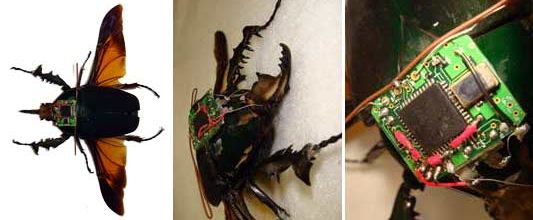Mockingbirds mastered police sirens
and now the city is on edge.
Grinding their teeth at night, the people
send out their swollen moans to the powerlines.
Their dreams are troubled, a caravan of trolls
bedding down, picking their yellow teeth
with a white chip of bone.
The people are no less uneasy in the morning rain,
when no birds sing. When lumpy blue clouds
gather outside like flies’ eyes.
When a house is pounded by rain and for the first time they hear
how small it really is.
-Matthew Rohrer
The fire alarm testing men are in my building today, setting off pitch tones that sound precisely like clarinet. A perfect G. Geeeeeeeeeeeeeeeeeeeeeee. It continually throws me from whatever I am doing, as I unconsciously flex my knowledge, remembering precisely how to match that note on the french horn. My coworker and I take up the keen, pretending to be conductors, tapping our screens, singing “me me me me” in wavering, high pitched fake voices. Oh orchestra, you never truly leave me.
Sitting nervously in a long black skirt, in the only white shirt I owned, back row, trading filthy jokes with the percussion, trying to keep the note while leaning forward to turn the next page, placidly counting bars, keeping the time with only one toe, 1-2-3-4 2-2-3-4 3-2-3-4 4-2-3-4, too short to quite see past the trombone.
(Still faultlessly memorized: all the fingering to The British Grenadiers).
It was an incomplete time for me. Feeling my instrument, this apparently difficult thing, was easy, a skill smooth and uncreased, but disliking who I played with and the musical choices made. Perhaps if I was with a different group, I would have taken to music more, but there are a lot of possibilities every day, and these few, taken as a group, to do with my instrument, are no more or no less than a vague irritation brought on by the hum, the pitch tone hum, of the sad, steady keen of the fire alarm.


